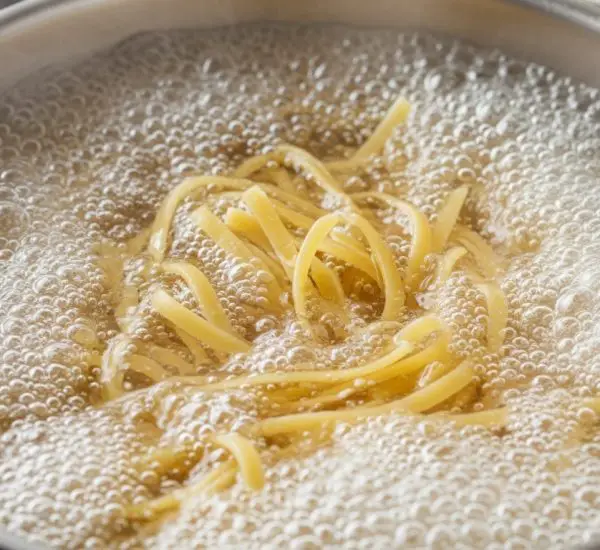The hydrangea, with its lush clusters of colorful flowers, is one of the most beloved ornamental plants in the world. Its beauty and versatility make it a favorite for decorating gardens, patios, and even indoor spaces. However, this elegant plant requires careful attention to thrive. Placing it in the right location and providing proper care are key to ensuring long-lasting blooms and vivid colors.
If you’ve ever wondered why your hydrangea isn’t blooming as beautifully as expected—or worse, why it’s wilting despite your efforts—this guide will help you understand exactly what your plant needs to flourish.
Understanding the Hydrangea: A Quick Overview
The hydrangea (scientific name Hydrangea macrophylla), commonly known in Italian as “ortensia,” belongs to the family Hydrangeaceae. It was first classified in 1771 by the French naturalist Philip Commerson, who reportedly discovered it in Madagascar.
Hydrangeas are known for their distinctive, globe-like clusters of small flowers, called corymbs. These impressive blooms can vary in color, ranging from pure white to shades of pink, red, purple, and blue. Interestingly, the flower’s color isn’t determined by genetics alone—it depends largely on the soil’s pH level.
-
When the soil is acidic (pH < 6), the flowers take on blue or violet tones.
-
When the soil is alkaline (pH > 6), the flowers turn pink or reddish.
This color variation happens because the pigments in the petals react to aluminum ions in the soil. Gardeners can actually influence the shade of their hydrangeas by adjusting the soil’s acidity—a fascinating feature that makes this plant even more special.
Where to Place Your Hydrangea: Finding the Perfect Spot
The most common mistake people make with hydrangeas is placing them in the wrong location. Despite being hardy and adaptable, hydrangeas are sensitive to excessive sunlight and heat.
The ideal temperature for a hydrangea is around 18°C (64°F). This tells us something important: hydrangeas love cool, shaded environments.
Here’s how to choose the right spot:
-
Avoid direct sunlight: Exposing hydrangeas to harsh, midday sun can cause the petals to burn and the leaves to wilt. The plant will quickly lose its vibrancy if placed in a hot, sunny spot.
-
Opt for partial shade: The perfect location is one that receives morning sun and afternoon shade. The gentle early rays of sunlight won’t harm the plant and can even encourage healthy growth, but during the hottest hours of the day, the hydrangea should be protected from direct exposure.
-
Keep it away from heat sources: Indoors, don’t place your hydrangea near heaters, stoves, or radiators. Outdoors, avoid spots where reflected heat from walls or pavements can stress the plant.
-
Ensure good air circulation: Hydrangeas prefer fresh air and slightly humid conditions, so choose a space that isn’t too enclosed or dry.
If you’re growing your hydrangea indoors, position it near a bright window where it can enjoy indirect light. This allows it to benefit from natural brightness without suffering from sunburn.
Hydrangea Care: Watering and Soil Needs
Hydrangeas are thirsty plants, and their name even hints at it—“hydra” comes from the Greek word for water. Consistent moisture is essential, but overwatering can be equally harmful.
Here’s how to water your hydrangea correctly:
-
Keep the soil consistently moist: The earth should never be completely dry. Check it with your fingers—if the top layer feels dry, it’s time to water.
-
Avoid standing water: Hydrangeas don’t like waterlogged soil. Excess moisture can lead to root rot, which is one of the main reasons hydrangeas die prematurely.
-
Increase watering during budding season: During the period when the plant is forming buds, it needs more water to support the upcoming blooms.
-
Reduce watering after flowering: Once the blooming season is over, you can gradually water less frequently, allowing the plant to rest.
If you’re growing your hydrangea in a pot, make sure the container has proper drainage holes. You can also place a layer of pebbles or clay balls at the bottom to prevent excess water from pooling around the roots.
Pruning and Seasonal Care
Hydrangeas also need regular pruning to remain healthy and produce new flowers year after year. Pruning helps remove old stems and redirect energy toward new growth.
Follow these steps for effective pruning:
-
Timing: The best time to prune is at the end of the flowering season, typically in late autumn.
-
How to prune: Cut the stems just above the buds. Avoid cutting too low, as this can damage the plant’s ability to bloom the following season.
-
Winter rest: After pruning, place your hydrangea in a cool, dark area—such as a basement or covered porch—to rest. This dormancy period allows the plant to store energy and prepare for the next flowering cycle.
Come spring, move your hydrangea back into its preferred light conditions, resume regular watering, and you’ll see it come back to life, often even more vibrant than before.
A Final Word: Beauty Through Balance
Caring for a hydrangea is all about balance—between sun and shade, moisture and dryness, rest and growth. With just a bit of attention and the right placement, your hydrangea will reward you with magnificent, colorful blooms that last throughout the season.
Whether it’s gracing your garden, balcony, or living room, this timeless plant adds elegance and charm to any space. Follow these simple but effective tips, and your hydrangea will remain healthy, lush, and full of life for years to come.



